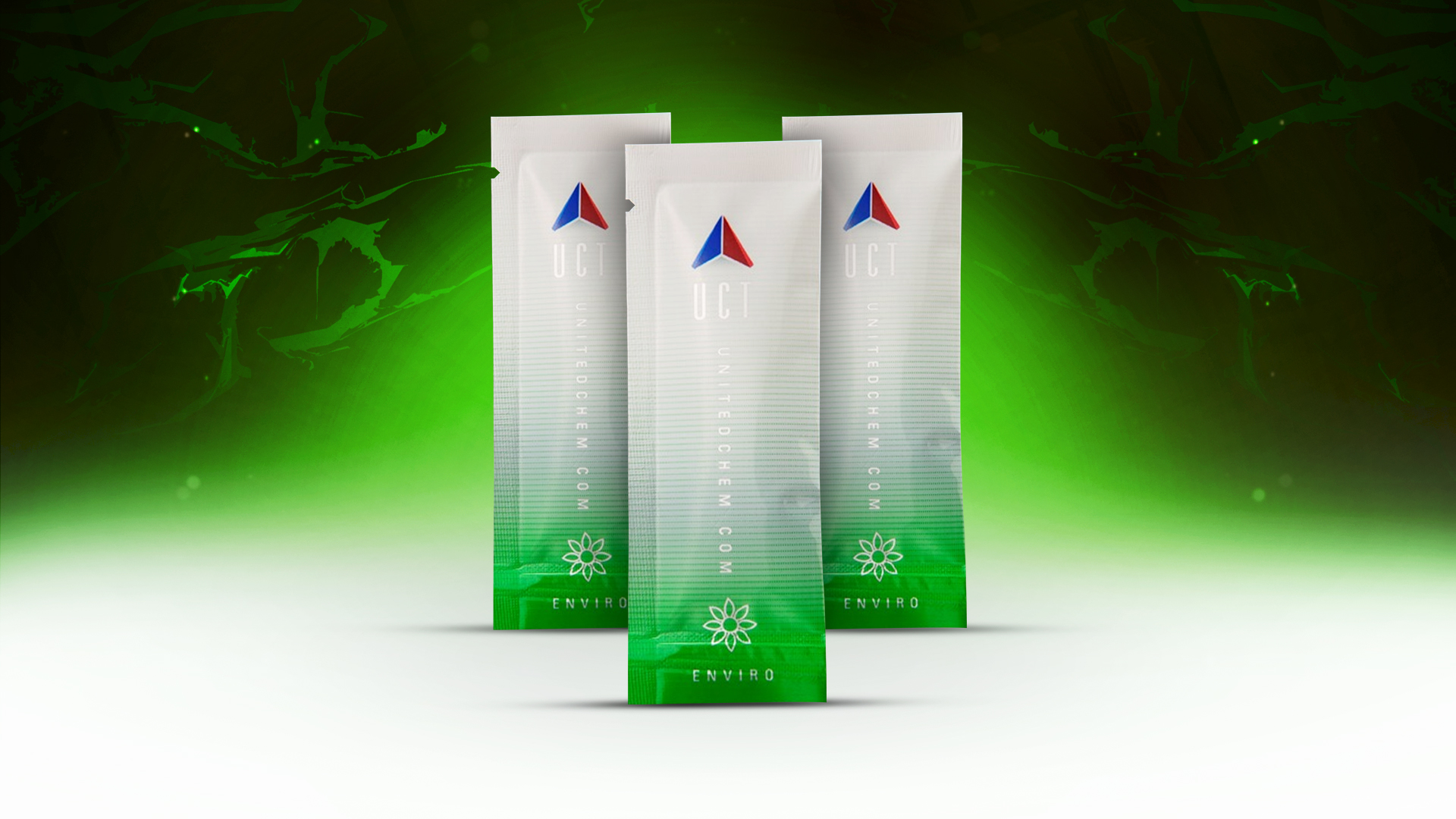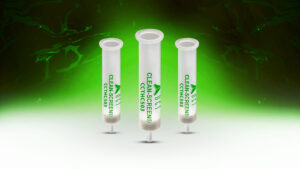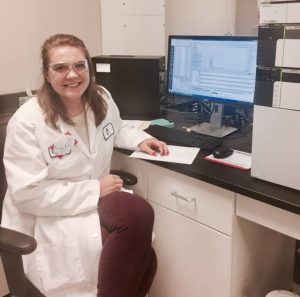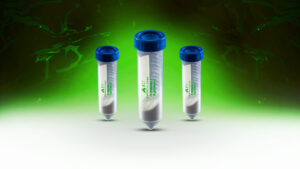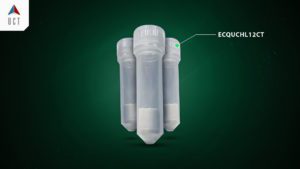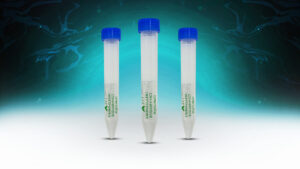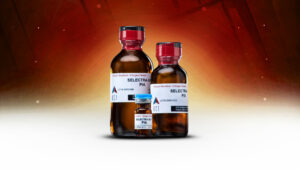UCT QuEChERS Salts & Sorbents Put to Work in Newly Published High-Throughput Mega-Method for the Analysis of Pesticides, Veterinary Drugs, and Environmental Contaminants!
In a new study published in the Journal of Agricultural and Food Chemistry, the Department of Toxicology and Residue Monitoring in Albania partnered with the U.S. Department of Agriculture, Eastern Regional Research Center and the Pesticide Residue Laboratory in Sao Paulo, Brazil to develop and validate a new method for simultaneous determination of 106 veterinary drugs and 227 pesticides and their metabolites plus 16 polychlorinated biphenyls (PCBs) at and below their regulatory levels established for catfish muscle in the European Union (EU) and USA.
Two different QuEChERS-based methods for veterinary drugs and pesticides and PCBs were modified and merged into a single mega-method dubbed “QuEChERSER” (more than QuEChERS), which is presented for the first time. Following the initial salting out steps, the remaining extracts were subjected to automated mini-solid-phase extraction (mini-SPE) cleanup (Instrument Top Sample Preparation) for immediate injection in low-pressure gas chromatography (LPGC) –MS/MS. The cleanup was conducted in parallel with the 10 min LPGC-MS/MS analysis for 167 PCBs, pesticides and metabolites, which was conducted in parallel with the 10 min UHPLC-MS/MS analysis for 231 analytes to increase sample throughput (49 analytes were included in both techniques).
Satisfactory recoveries (70-120%) and RSDs ≤20% were achieved for 98 (92%) of the veterinary drugs and their metabolites, and for 222 (91%) of pesticides, metabolites, and PCBs, demonstrating that the developed method is applicable for the analysis of these contaminants in fish as part of regulatory monitoring programs and other purposes. Access the extended research and methodology here: https://pubs.acs.org/doi/abs/10.1021/acs.jafc.0c00995.

